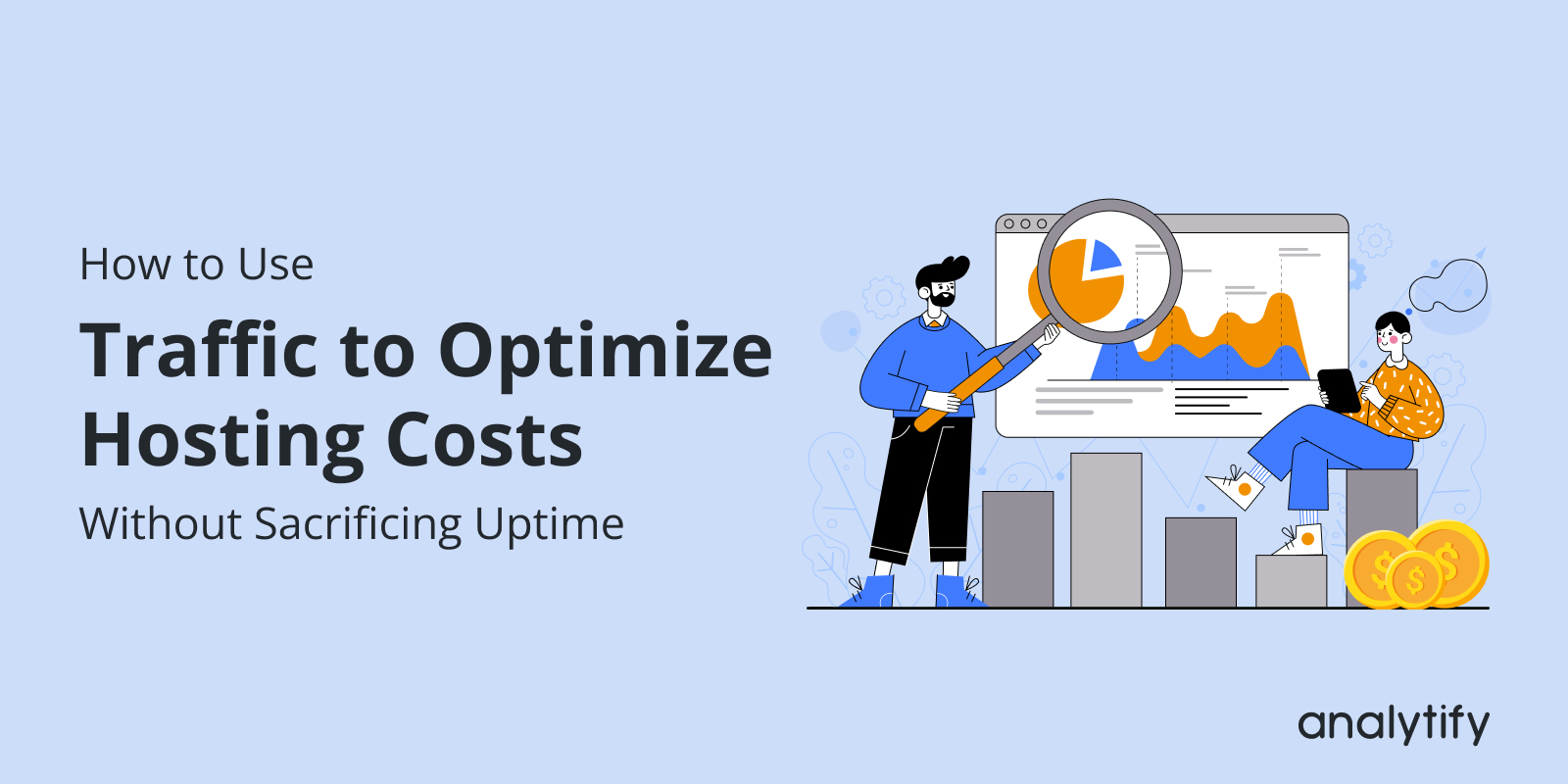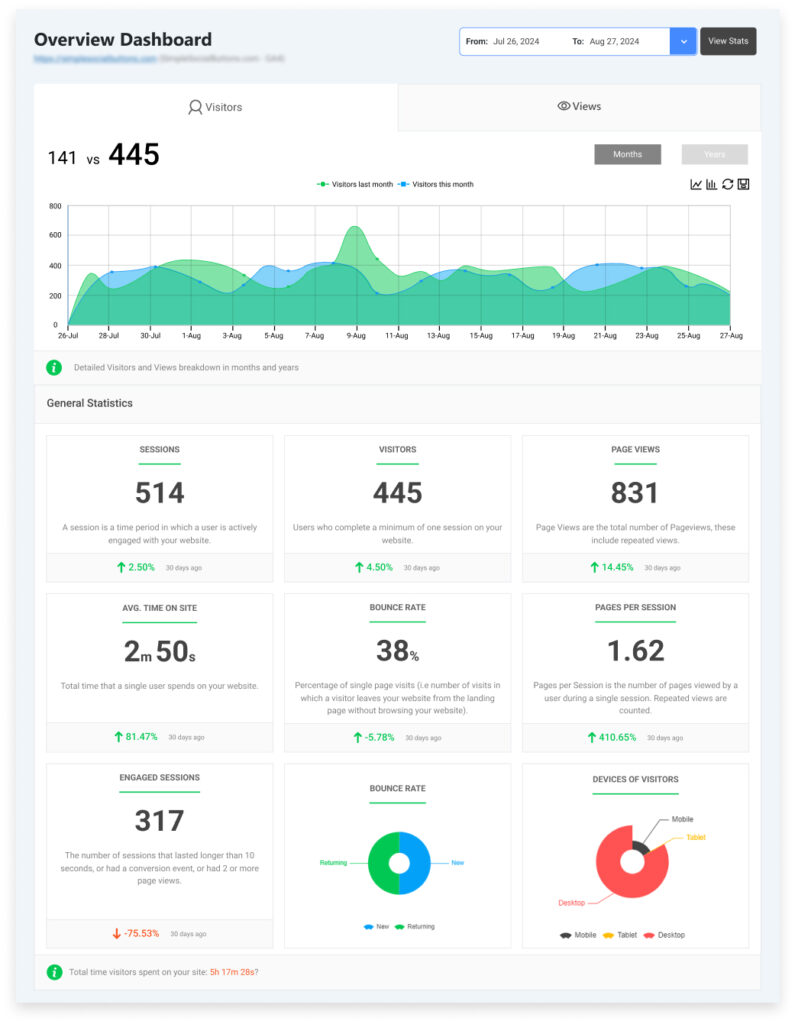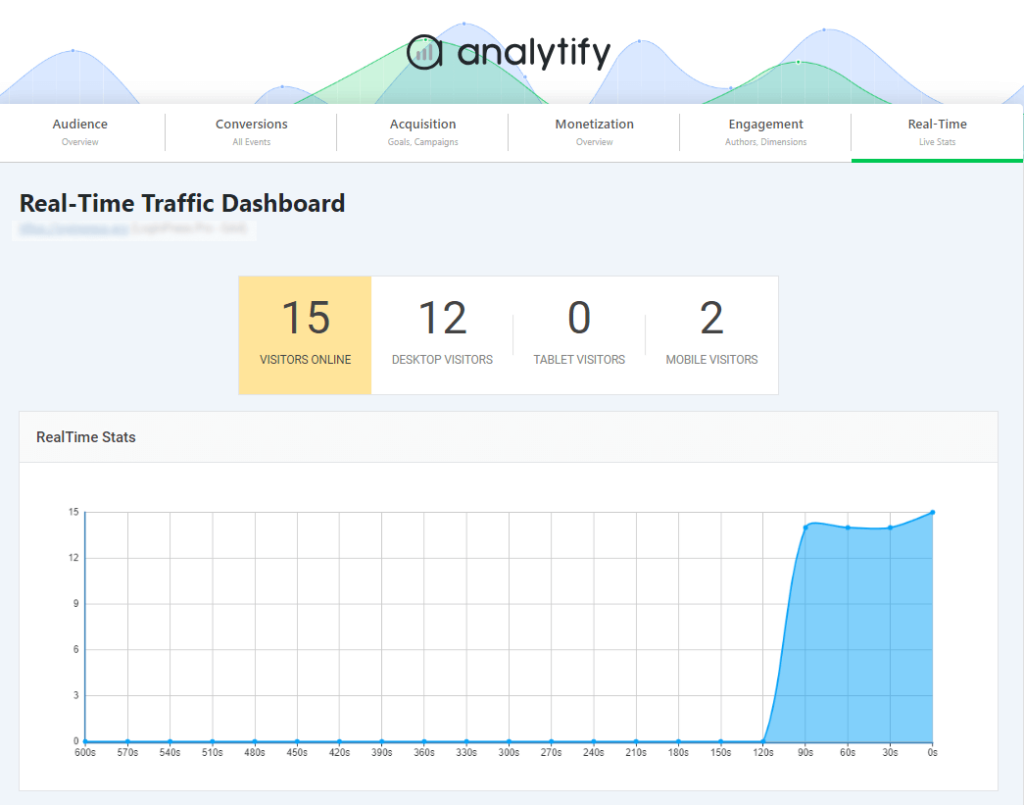
Smart Scaling: How to Use Traffic to Optimize Hosting Costs Without Sacrificing Uptime
Are you looking for ways to use smart scaling to optimize hosting costs without sacrificing uptime?
Managing hosting costs for your Minecraft server can be a tricky balancing act. With sudden traffic spikes, hosting costs can quickly climb, but scaling up your server isn’t always the most cost-effective solution. Fortunately, smart scaling allows you to optimize your hosting resources in real-time, ensuring a smooth gaming experience for players without overpaying for unnecessary resources.
In this article, we’ll explain what smart scaling is, how to implement it for your Minecraft server, and how Analytify can help you track the key metrics needed to make data-driven decisions about your hosting strategy.
Smart Scaling (TOC):
What is Smart Scaling and Why Does It Matter?
Smart scaling is about adjusting your server resources to match the actual number of players on your Minecraft server at any given time. Rather than paying for overpowered hardware 24/7, smart scaling lets you scale up when traffic increases and scale down during quieter times.
Some hosts call it “auto-scaling.” Others just offer flexible plans that you can adjust based on your needs. The point is: you shouldn’t be locked into a flat rate for power you’re not using—or stuck on a plan that can’t keep up when things heat up.
Why Minecraft Hosting Makes Smart Scaling Challenging
Minecraft hosting presents unique challenges due to the resource demands of the game. While a basic vanilla Minecraft server doesn’t require much processing power, the addition of mods, plugins, or large player numbers can quickly put a strain on your server’s resources.
Key Factors Affecting Minecraft Server Performance:
- Exploring New Chunks: High memory and CPU usage.
- Redstone Contraptions and Complex Machines: Significant strain on the server.
- Modded Mobs/Custom Content: Even more resources are required for complex or heavily customized content.
That’s why a lot of people on forums like this one about minecraft modded servers hosting recommend hosts that let you adjust resources easily, or switch between plans with minimal hassle.
How to Scale Smartly for Your Minecraft Server
Now that we understand why smart scaling is necessary, let’s look at actionable strategies for implementing it effectively.
1. Know Your Traffic Patterns
First, track when your players are most active. Weekends? Evenings? School holidays? If you’re hosting a public server, look at analytics (some control panels offer this) or just watch your server logs.
If your server gets 80% of its traffic between 6 PM and 10 PM, maybe you don’t need top-tier specs running 24 hours a day.
Some hosts let you temporarily bump your resources for peak hours. Others offer burst options that automatically kick in when traffic spikes.
2. Use Hosting That’s Flexible
This might sound obvious, but lots of people get locked into fixed monthly plans that don’t move with their actual usage.
What you want is either:
- A host that lets you scale your server up and down without downtime.
- A pay-as-you-go setup that bills based on actual usage (CPU, RAM, bandwidth).
If you’re looking for something like that, Godlike Minecraft Server Hosting is one option that focuses on this kind of flexibility. You can start small and upgrade as you go, which makes sense if you’re still growing your player base.
3. Consider Container-Based Hosting
Some newer hosts use container tech (like Docker) to isolate and manage Minecraft instances. It’s a little more technical, but it means your server isn’t sharing resources with random processes.
The cool part? Containers can scale in real time. More players? Spin up another container. Traffic dies down? Spin it down again. This model works great for people who run events or get traffic in waves.
4. Cache and Offload What You Can
Some things can be pushed off your main server. Like maps, skins, or static files—use external storage or CDNs. It won’t reduce CPU load directly, but it helps keep things cleaner.
Same with monitoring and analytics, run them on a separate machine or service, so your main server isn’t doing all the work.
5. Use Scheduled Tasks to Clean Up
If you’ve got modded servers, you know how bloated they can get over time. World files grow, entities pile up, memory leaks sneak in.
Automate cleanup. Schedule daily reboots, chunk purges, or entity clears. It’s boring stuff, but it makes a difference. And it means you don’t have to rely on higher specs just to deal with old junk.
6. Monitor and Adjust—Don’t “Set and Forget”
One of the biggest mistakes? Setting up a server and never checking in on how it’s running.
Make a habit of checking your performance stats. Lag spikes, TPS drops, RAM usage—keep an eye on them.
If you’re hosting for a community, be open with your players about it too. If you’re hitting limits, maybe it’s time to upgrade—or maybe it’s time to prune some inactive plugins.
Maintaining Uptime: The Key to Smart Scaling
Okay, scaling is nice, but not if it means random crashes or 5-minute reboots every time traffic changes.
So here’s the balance:
- Use hosts that support graceful scaling, where your server stays online during resource adjustments.
- Avoid overselling hosts and cheap plans that cram too many servers onto one machine.
- Backups. Always backups. Even the best host can fail.
Using Analytify for Scaling Your WordPress-Based Minecraft Website
Join 50,000+ beginners & professionals who use Analytify to simplify their Google Analytics!
While your Minecraft game server itself may not be hosted on WordPress, managing a WordPress-based Minecraft website, such as blogs, community sites, or eCommerce stores, can significantly benefit from smart scaling.
This is where Analytify comes in. As a Google Analytics plugin for WordPress, Analytify helps you track and monitor key performance metrics of your WordPress site, making it easier to scale resources and optimize hosting costs.
Track Website Traffic Patterns for Smarter Scaling
The key to effective scaling is understanding your website’s traffic patterns. Analytify integrates seamlessly with Google Analytics and allows you to track real-time traffic, monitor player engagement, and analyze user activity on your WordPress-based Minecraft website.
Real-Time Monitoring: See when your community members visit your site, what content they interact with most, and how often they visit. This insight helps you determine when your website might need more resources, especially during peak times like weekends or events.
Optimize Hosting Costs Based on Traffic Insights
Instead of paying for more resources than you need, you can use Analytify to track when traffic spikes occur and adjust hosting plans accordingly.
- Traffic Data: Understand when your website experiences heavy traffic, allowing you to scale resources efficiently during peak times.
- Cost-Effective Hosting: With detailed insights, you can optimize hosting plans to ensure you’re not overpaying for unused resources during quieter periods.
Make Data-Driven Decisions for Your Minecraft Website
Scaling your Minecraft community website or online store requires data-driven decisions. Analytify provides you with in-depth reports that help you optimize server resources and adjust hosting without guessing.
- Automated Reports: Set up automated email reports to keep track of your website’s key metrics like traffic, bounce rates, and page views.
- Custom Report Exports: Export data on player interactions, traffic sources, and more in CSV or PDF formats for detailed analysis or sharing with your team.
Frequently Asked Questions
1. What is smart scaling in hosting?
Smart scaling refers to the ability to dynamically adjust server resources—such as CPU, RAM, and bandwidth based on real-time demand. This approach ensures optimal performance during traffic surges and cost savings during quieter periods. By leveraging auto-scaling technologies, websites can maintain uptime without overpaying for unused resources.
2. How can I optimize hosting costs for Minecraft server?
To optimize hosting costs, consider the following strategies:
Implement auto-scaling: Automatically adjust resources based on traffic patterns to avoid over-provisioning.
Monitor traffic patterns: Use analytics tools to identify peak usage times and adjust resources accordingly.
Choose flexible hosting plans: Opt for providers that offer pay-as-you-go or elastic plans to scale resources up or down as needed.
3. How does traffic monitoring help in scaling decisions?
Monitoring traffic allows you to:
Identify peak usage times: Understand when your server experiences the most traffic.
Predict future demand: Use historical data to anticipate traffic surges.
Adjust resources proactively: Scale up or down before issues arise, ensuring smooth performance.
4. What is the difference between vertical and horizontal scaling?
Vertical scaling involves adding more resources (CPU, RAM) to a single server.
Horizontal scaling involves adding more servers to distribute the load.
Smart Scaling Final Thoughts: Don’t Pay for Idle Time
Running a Minecraft server doesn’t have to break the bank. Smart scaling is about paying only for what you need when you need it. By understanding your traffic patterns, choosing flexible hosting, using container-based hosting when necessary, and regularly monitoring server performance, you can optimize hosting costs without compromising uptime.
With Analytify, you can track the key performance metrics that matter most for server scaling, ensuring you’re always in control of your hosting costs and server performance.
Smart scaling is all about efficiency and flexibility. Get started today and watch your server run smoothly without the constant worry of overpaying for idle resources.
You may also like to read:
- How To Track Website Traffic With Google Analytics 4
- How To Use Google Analytics To Increase Traffic (10 Ways)
How will you optimize your server performance for the next big traffic surge? We’d love to hear from you. Share your strategies with us in the comments below.






